The Mysteries of Neptune’s Moons
28th May 2023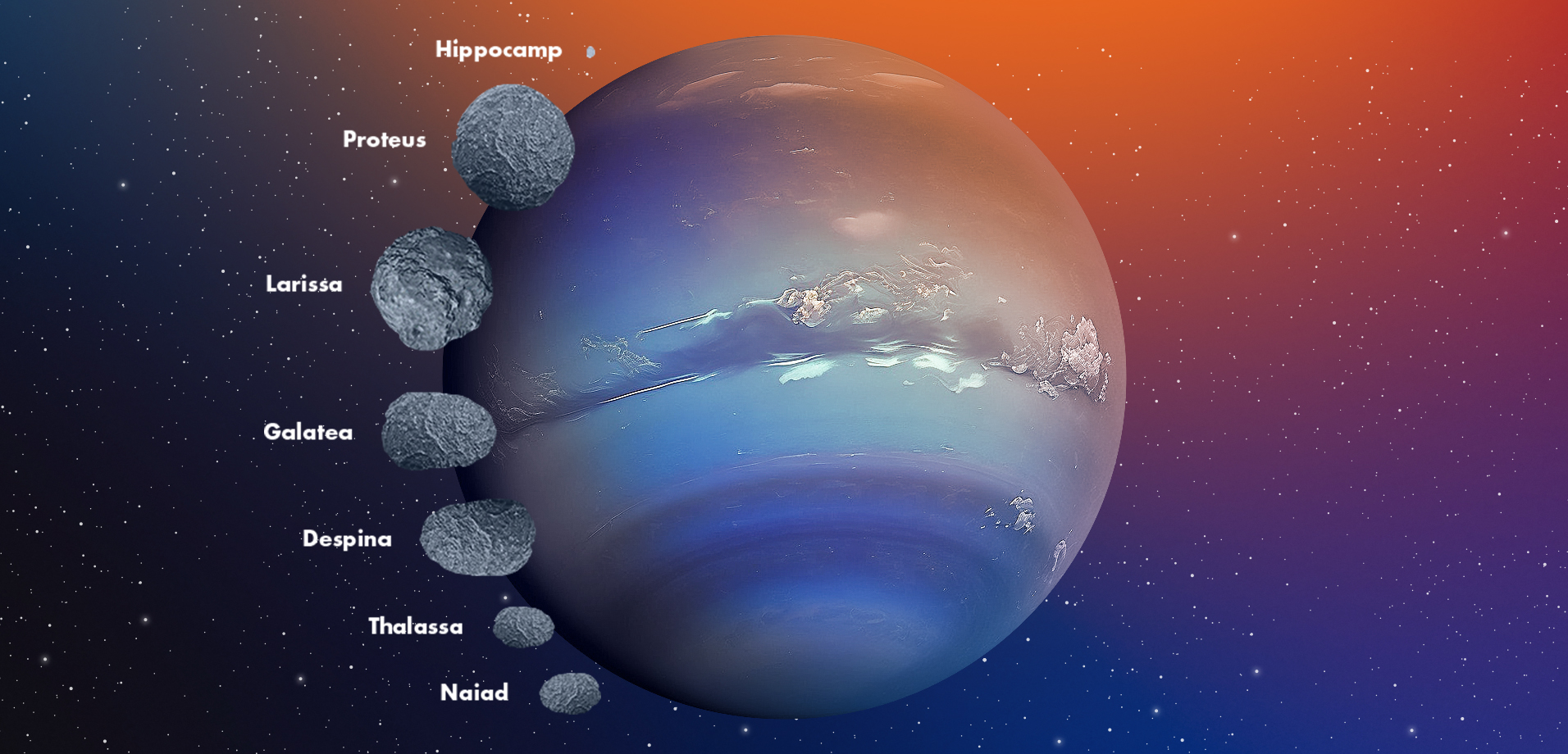
Neptune is the farthest and most mysterious planet in the Solar system. It was the last planet to be discovered in 1846, and not through observation at first, as the others, but by mathematical calculation. Like all gas giants, Neptune has many natural moons, and they’re of no less scientific interest than the planet itself. So what is the number of moons on Neptune, what are their names, how and when were they discovered, and what do scientists know about them? Let’s find out.
How many moons does Neptune have?
To date, iwe know about 14 Neptune moons. It took scientists 167 years to discover them. The first and largest satellite was discovered the same year as the planet, and the last, the smallest one, only ten years ago. The thing is that, for a long time, the atmospheric glow of the gas giant did not allow us to see small satellites that were closest to it, so the discovery began with the largest and most distant ones. As astronomy and spaceflight developed, scientists discovered new moons of Neptune. So, it is likely that today’s figure is not the final total, and their number may increase over time.
What are the names of Neptune’s moons?
These are all of Neptune’s moons in order of discovery (from the earliest to the latest).
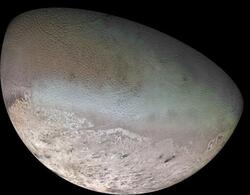
Name: Triton
Diameter: 2,705.2 ± 4.8 km
(2,709 x 2,706 x 2,705)
Mass (x 1016): 2,140,800 ± 5200 kg
Discovered: 1846
Discoverer: William Lassell
Named after: the son of Poseidon (Neptune)
Other names: Neptune I
Surface colour: grey
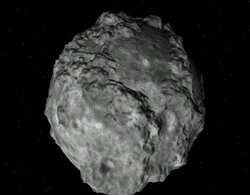
Name: Nereid
Diameter: 340 ± 50 km
Mass (x 1016): 2,700 kg
Discovered: 1949
Discoverer: Gerard P. Kuiper
Named after: after the Nereids, sea-nymphs
Other names: Neptune II
Surface colour: grey
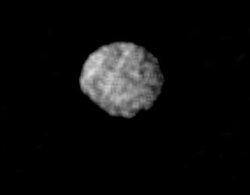
Name: Larissa
Diameter: 194 km (216 x 204 x 168)
Mass (x 1016): 460 kg
Discovered: 1981
Discoverer: H. Reitsema, W. Hubbard, L. Lebofsky, D. Tholen
Named after: nymph, lover of Poseidon (Neptune)
Other names: Neptune VII
Surface colour: grey
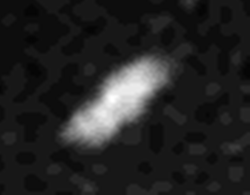
Name: Naiad
Diameter: 66 km (96 x 60 x 52)
Mass (x 1016): 19 kg
Discovered: 1989
Discoverer: Voyager 2
Named after: minor nymph goddess of freshwater
Other names: Neptune III
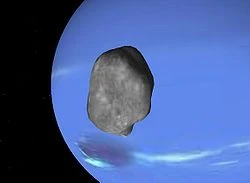
Name: Thalassa
Diameter: 82 km (108 x 100 x 52)
Mass (x 1016): 35 kg
Discovered: 1989
Discoverer: Voyager 2
Other names: Neptune IV
Named after: daughter of Aether and Hemera
Surface colour: grey
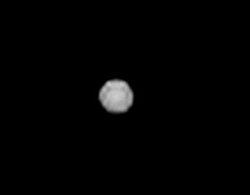
Name: Despina
Diameter: 150 km (180 x 148 x 128)
Mass (x 1016): 210 kg
Discovered: 1989
Discoverer: S. Synnott, Voyager 2
Named after: daughter of Poseidon and Demeter
Other names: Neptune V
Surface colour: grey
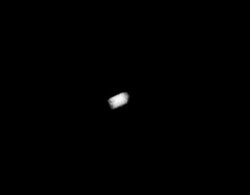
Name: Galatea
Diameter: 176 km (204 x 184 x 144)
Mass (x 1016): 212 kg
Discovered: 1989
Discoverer: Stephen P. Synnott and Voyager 2
Named after: nymph, beloved of Cyclops Polyphemus
Other names: Neptune VI
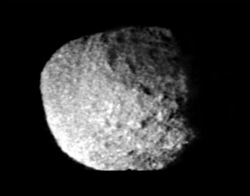
Name: Proteus
Diameter: 420 km (436 x 416 x 402)
Mass (x1016): 4,400 kg
Discovered: 1989
Discoverer: Voyager 2, Stephen P. Synnott
Named after: shape-changing Greek sea god
Other names: Neptune VIII
Surface colour: dark, neutral
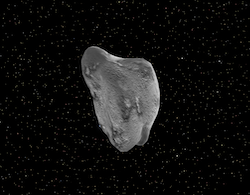
Name: Halimede
Diameter: 62 km
Mass (×1016): 12 kg
Discovered: 2002
Discoverer: Matthew J. Holman, John J. Kavelaars
Tommy Grav, W. Fraser, Dan Milisavljevic
Named after: one of the Nereids, daughters of Nereus and Doris
Other names: Neptune IX
Surface colour: grey
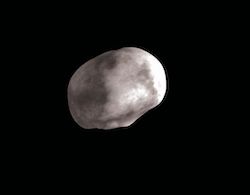
Name: Sao
Diameter: 44 km
Mass (×1016): 5,6 kg
Discovered: 2002
Discoverer: Matthew J. Holman, John J. Kavelaars
Tommy Grav, W. Fraser, Dan Milisavljevic
Named after: one of the Nereids,
is referred to as “The rescuer” or “Safety”
Other names: Neptune XI
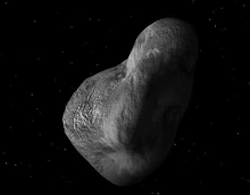
Name: Laomedeia
Diameter: 42 km
Mass (×1016): 5.0
Discovered: 2002
Discoverer: Matthew J. Holman, John J. Kavelaars
Tommy Grav, W. Fraser, Dan Milisavljevic
Named after: one of the Nereids
Other names: Neptune XII, S/2002 N 3
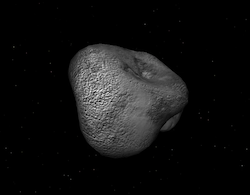
Name: Neso
Diameter: 16
Mass (x1016): 15
Discovered: 2002
Discoverer: Matthew J. Holman
Brett J. Gladman
Named after: one of the Nereids
Other names: Neptune XIII, S/2002 N 4

Name: Psamathe
Diameter: 40 km
Mass (x1016): 4,4 kg
Discovered: 2003
Discoverer: Scott Sander Sheppard,
David C. Jewitt, Jan Kleyna
Named after: one of the Nereids
Other names: Neptune X, S/2003 N 1
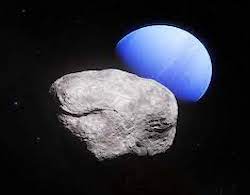
Name: Hippocamp
Diameter: 18 km
Mass (x1016): unknown
Discovered: 2013
Discoverer: M. R. Showalter, I. de Pater,
J. J. Lissauer, R. S. French
Named after: half-horse half-fish from Greek mythology
Other names: S / 2004 N1
Surface colour: dark
History of discovery
The first and largest moon of Neptune, Triton, was discovered by British astronomer William Lassell on October 10, 1846, just 17 days after the discovery of Neptune itself. The name Triton was proposed by the French astronomer Camille Flammarion in 1880 but only came into use after the 1930s. Before that, Triton was simply called the moon of Neptune since it was considered the only one. The next satellite of Neptune, Nereid, was discovered only in 1949 by the Dutch astronomer Gerard P. Kuiper (after whom the Kuiper belt is named). For this discovery, the scientist used an 82-inch reflector from the Texas MacDonald Observatory.
The third moon, Larissa, was first observed by Harold J. Reitsema, William B. Hubbard, Larry A. Lebofski, and David J. Tholen in May 1981. Astronomers at the University of Hawaii watched the star close to Neptune, looking for rings like those found around Uranus four years earlier. If the rings were present, the star’s luminosity would decrease slightly just before the planet’s closest approach. However, the star’s luminosity only dropped for a few seconds, which meant it was due to the moon and not the ring.
The next five moons, Naiad, Thalassa, Despina, Galatea and Proteus, were discovered by Voyager 2 flying past Neptune in 1989. The probe also confirmed the existence of Larissa.
In 2002-2003, five more satellites were discovered using powerful ground-based telescopes. Interestingly, in 2002, scientists twice observed the 6th candidate moon c02N4, but eventually, it disappeared from view. Subsequent attempts to locate the object were unsuccessful. Scientists suggest that it could be a centaur (planetoid), although its slight movement relative to Neptune during the month indicates that it was indeed a satellite. For a long time, scientists were puzzled by the question — Does Neptune have 13 or 14 moons — until a tiny S / 2004 N1 (Hippocamp) was found on July 15, 2013. The satellite was discovered as a result of analyzing old images taken by the Hubble Space Telescope.
Why are the moons of Neptune named like that?
Neptune was named after the god of the seas from ancient Roman mythology (analogous to Poseidon among the ancient Greeks); therefore, following the established planetary nomenclature, Neptune’s moons also receive the names of mythical sea creatures.
But why the god of the seas? The main reason lies in the blue tint of the planet, explained by the presence of methane in the upper atmosphere. Methane has the ability to absorb red and reflect blue sunlight; so, to us, Neptune appears blue, as if covered with a sea surface. This, by the way, is not far from the truth. Scientists believe that its mantle is composed primarily of water ice.
Considering that among the ancient Romans, Neptune was the younger son of Saturn and the brother of Jupiter, and by that time, these two gas giants had already been discovered, it was quite logical to name the newly-found planet Neptune and give its satellites the names of other mythical sea deities.
So, in ancient Greek mythology, Triton is the god of the depths and the son of Poseidon; Nereid, Galatea, Neso, and Galimedes are nymphs, the daughters of Nereus, the goddess of the water element; Naiad is the nymph of rivers and streams; Hippocampus is an underwater horse with a fishtail, which was the symbol of Poseidon, etc.
Interesting facts about Neptune’s moons
Scientists continue to study Neptune and its moons, hoping to get more accurate data. We are confident that in the coming years, we will discover new facts about these mysterious celestial bodies, but for now, we will list the already known ones:
- Triton is the first and largest of the detected satellites; the remaining ones are usually divided into regular (inner) and irregular (outer). The inner moons are Naiad, Thalassa, Despina, Larissa, Hippocampus, Galatea, Proteus, and Triton itself. It is established that the speed of their rotation is greater than the speed of the planet itself. Thanks to this, an amazing phenomenon occurs when the moons rise in the West and set in the East. But, it also means that under the influence of gravity, most of these satellites will collapse over time and either form rings or be absorbed by the planet itself.
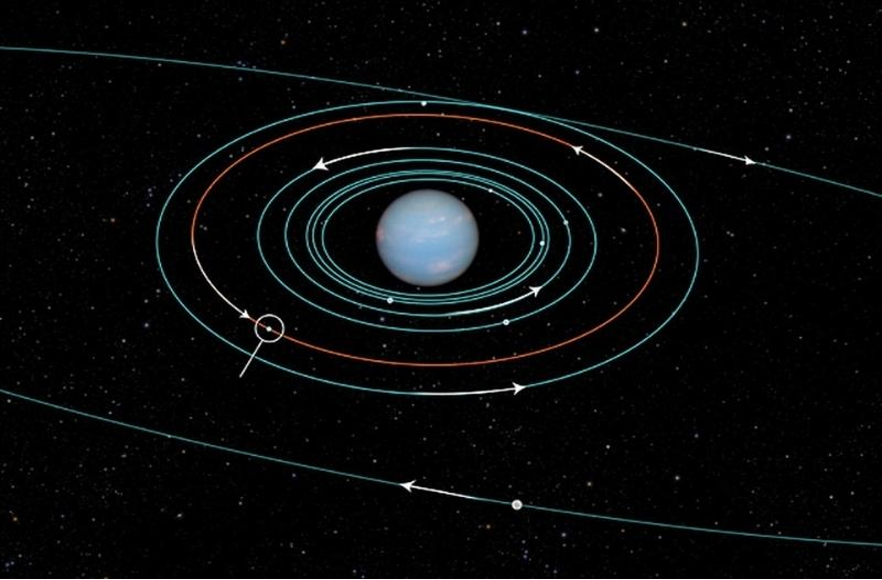
- Triton is an acquired satellite of Neptune that was supposedly captured by the gravity of the planet from the Kuiper belt. In composition, it is similar to the dwarf planet Pluto. Most of the moon’s volume is occupied by a metal core surrounded by a mantle of water and nitrogen ice.
- Despite its extremely low surface temperature (-235 C), Triton has a rarefied atmosphere. It is composed of nitrogen with small amounts of methane and carbon monoxide and is formed by the sublimation of gas from surface ice caused by the warming of Triton’s southern hemisphere. Thus, Triton’s atmosphere is almost identical to Pluto’s.
- Differently from most satellites in the solar system, the surface of Triton shows traces of various geological activity — in particular, the eruption of gas volcanoes or a special relief that could result from the movement of tectonic plates. Geysers on Triton “shoot” nitrogen almost 8 kilometres into the atmosphere.
- Triton and Halimede both have a retrograde orbit; that is, they rotate in the opposite direction relative to Neptune’s rotation.
- Apart from Triton, all of Neptune’s moons are very small. If you add them all together, they do not even make up 1/100 of the Triton’s mass.
- Naiad is the closest satellite of Neptune, with an orbit diameter of just over 48,000 kilometres, while the diameter of the satellite itself is only about 70 km. It revolves around Neptune at a speed three times higher than the speed of the planet’s rotation itself. Like other satellites whose orbits are located below Triton (Despina, Proteus), Naiad most likely formed from the debris of the early satellites of Neptune. These satellites were destroyed after the planet captured Triton. Magnetic disturbances pushed the satellites out of their orbits and caused massive collisions.
- Hippocampus, the smallest and last of Neptune’s satellites discovered to date, was presumably formed from the debris of the neighbouring satellite Proteus as a result of its collision with another large celestial body. The Pharos crater on the surface of Proteus, as well as the fact that the orbits of these two satellites were much closer before, but moved away over time, confirms this hypothesis.
- Nereid is the most unexplored satellite of Neptune. It is believed that similar to Triton, Nereid was pulled from the Kuiper belt and is an asteroid.
- Psamathe and Neso are the furthest from the planet. They complete one orbital revolution in about 25 years, and at the farthest point, they move away from it by 70 million km, which is equal to the distance from the Sun to Mercury. There is a hypothesis that these Neptune moons used to be one, but as a result of unknown circumstances, they separated. The similarity and proximity of their orbits speak in favour of this hypothesis.

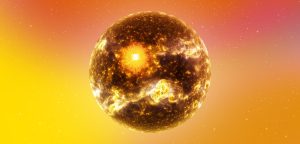
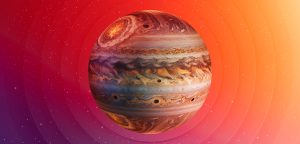
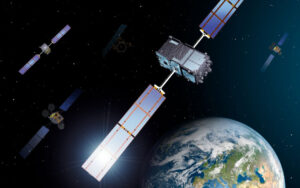
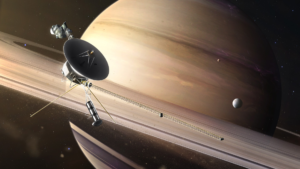

Thank you for your comment! It will be visible on the site after moderation.